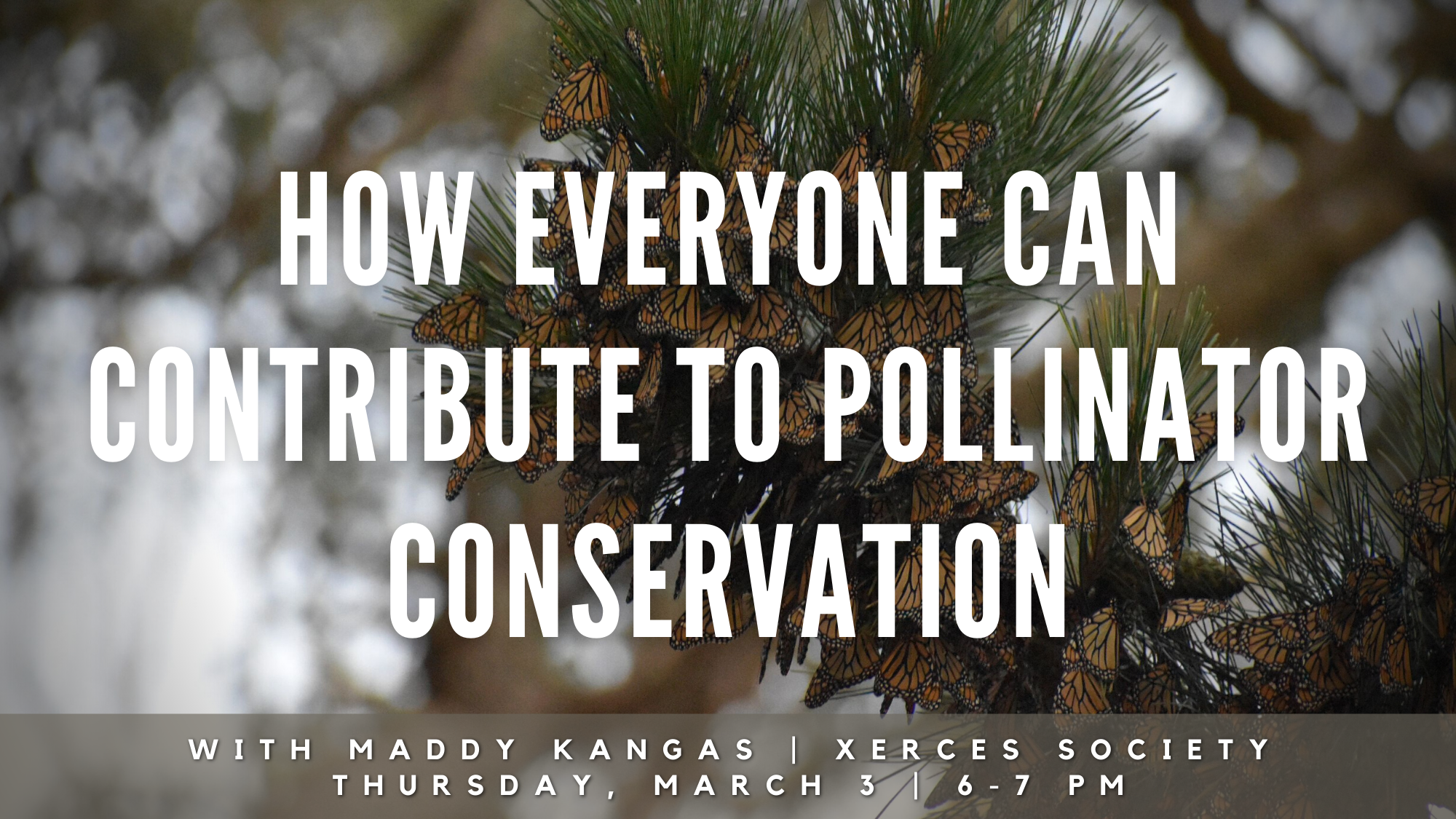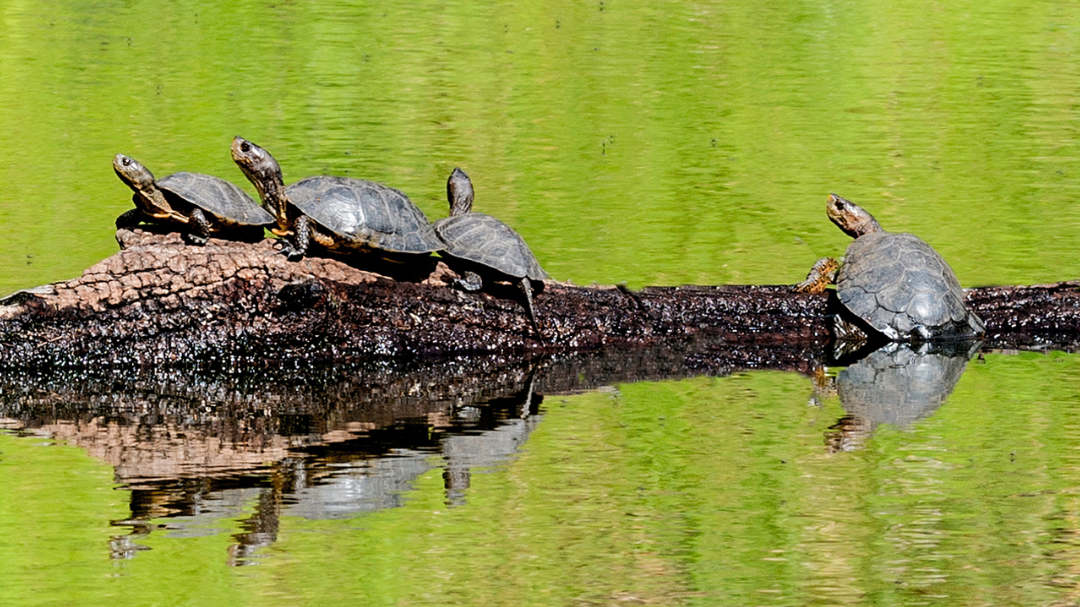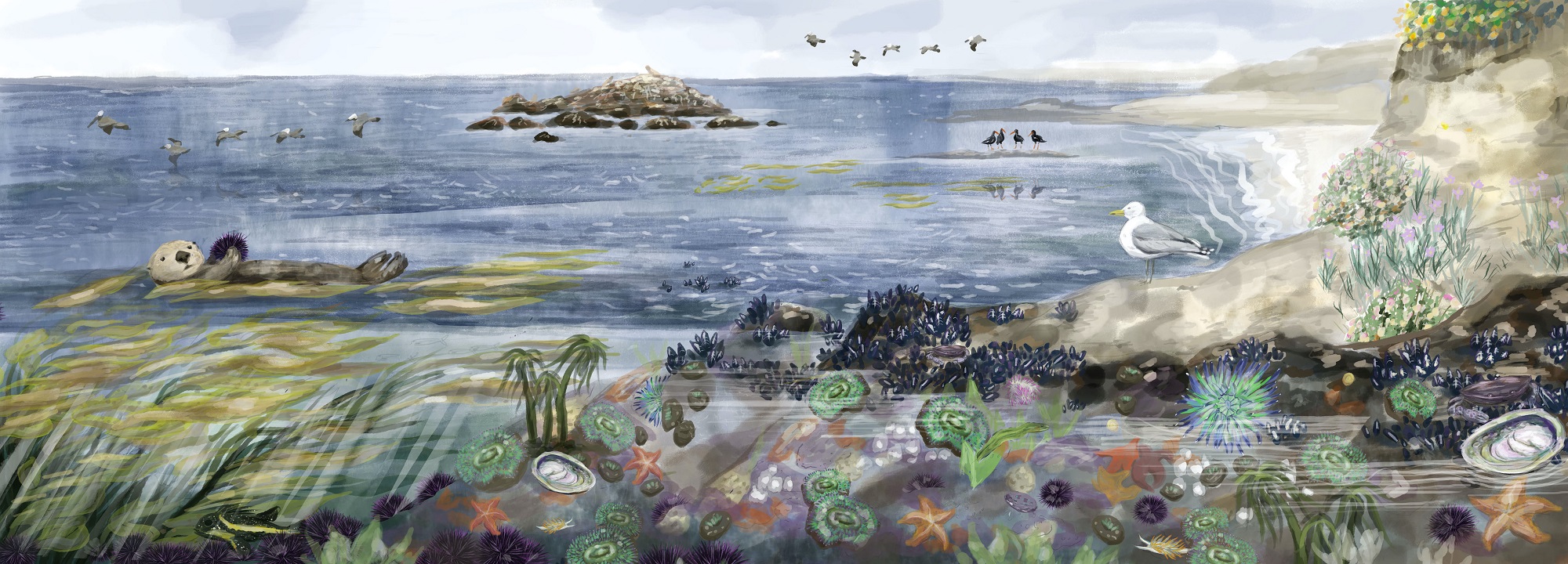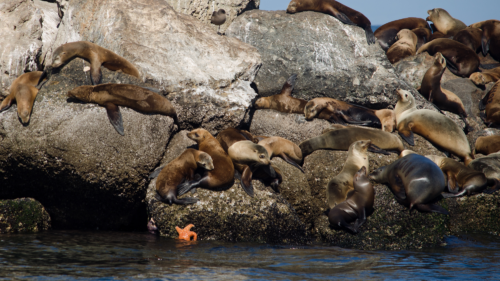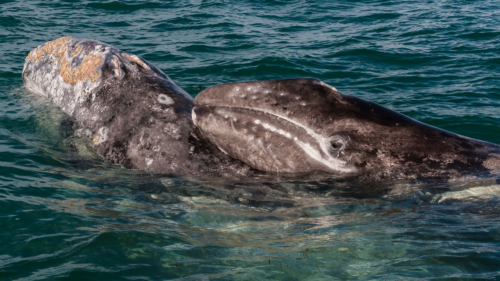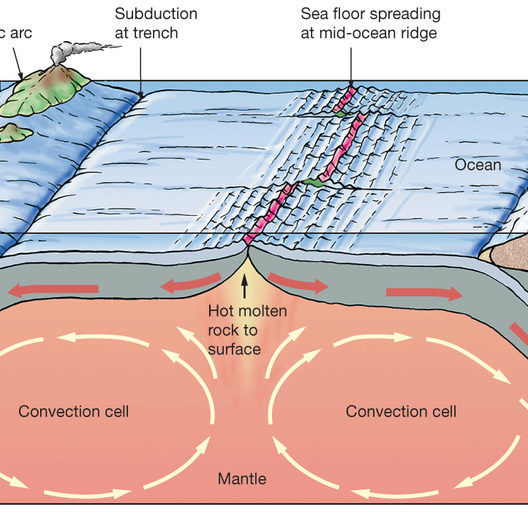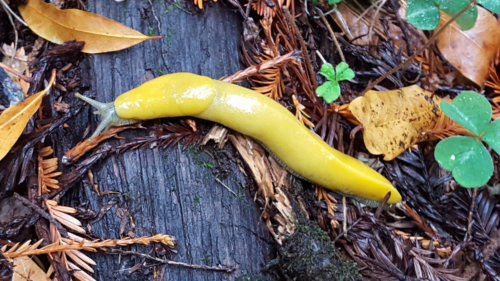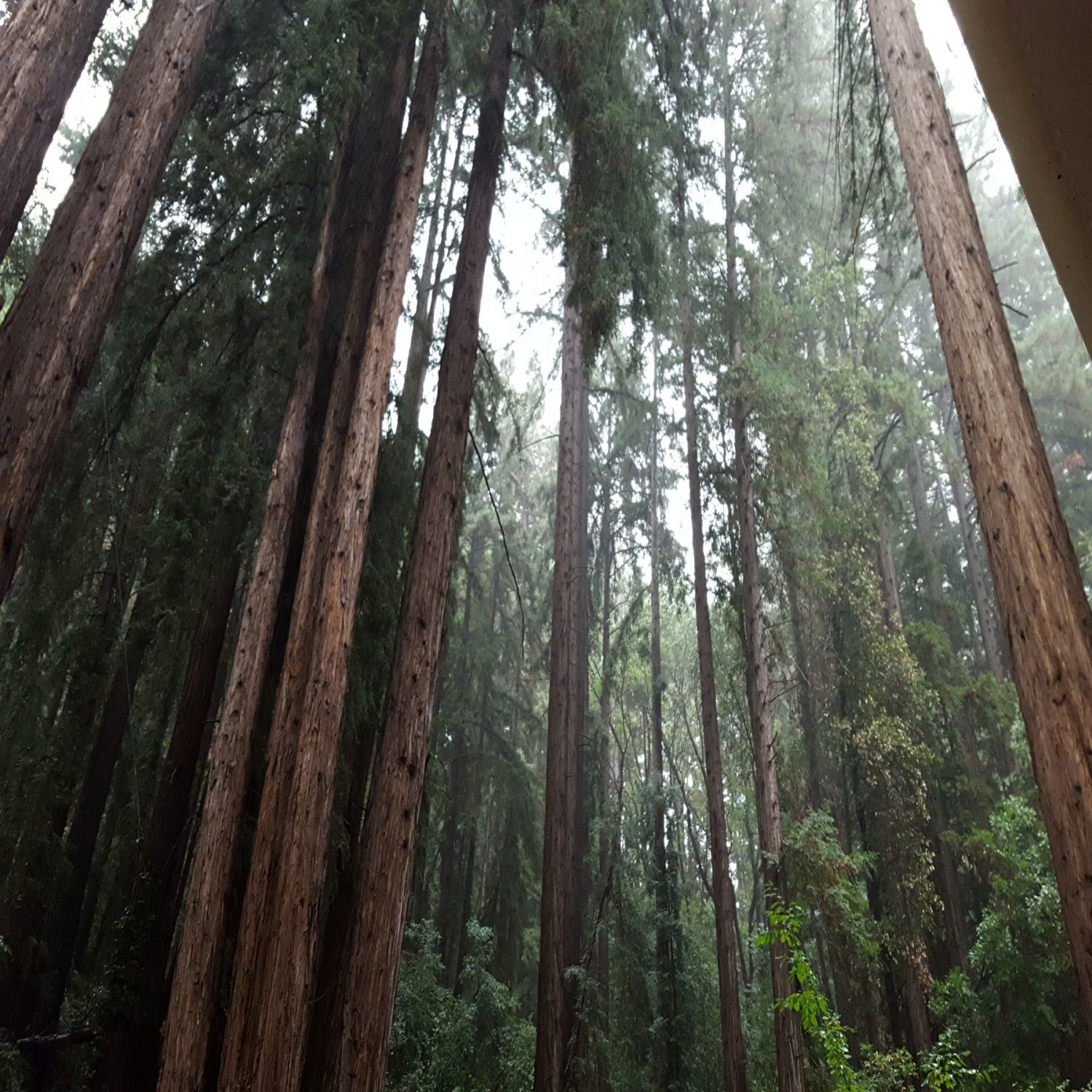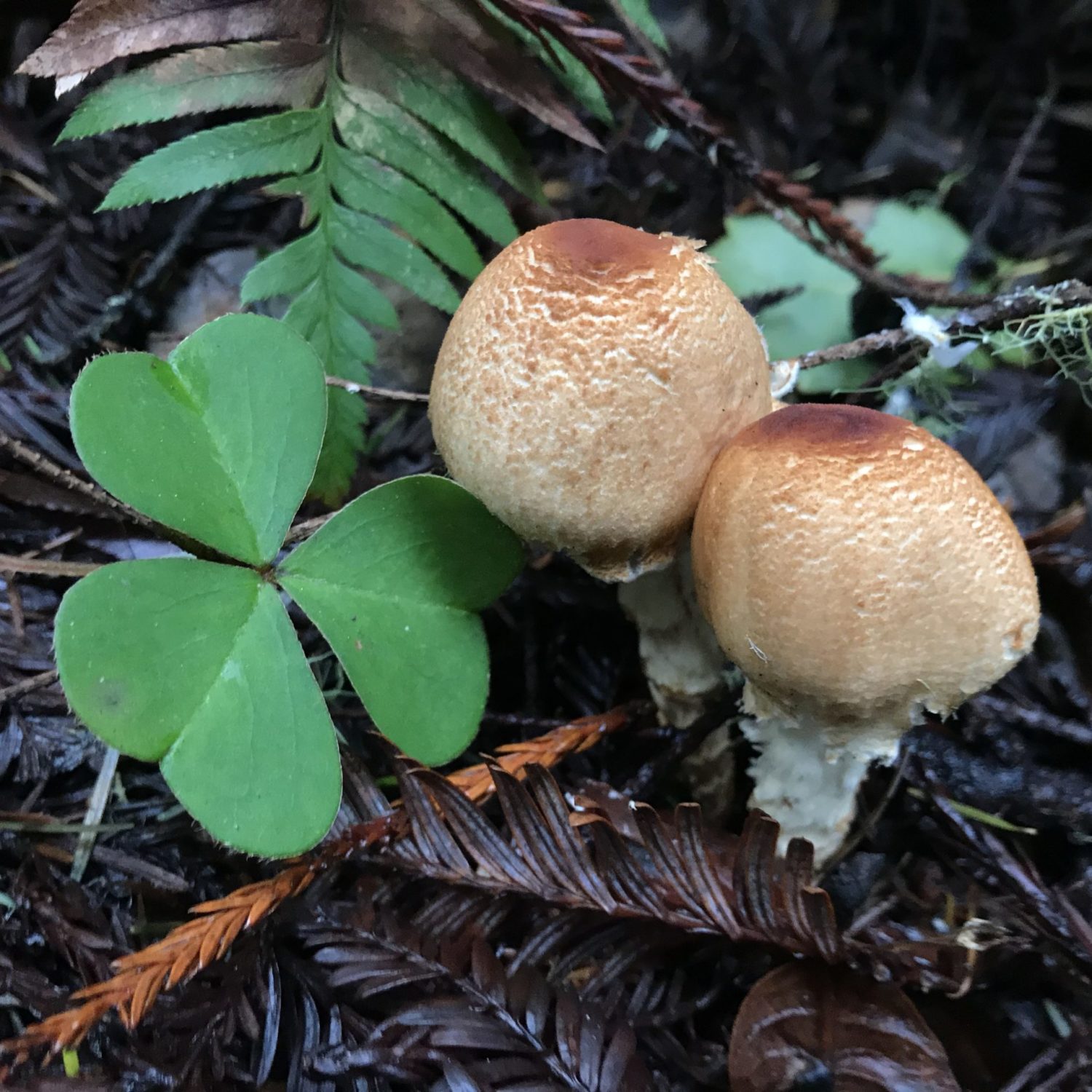After two years and 35 programs, this month’s Rockin’ Pop-Up will be our final installment. Join the Geology Gents, Gavin and Graham, one last time for an exploration of our solar system. This third installment of our solar system trilogy will end at the beginning, examining how the sun, asteroids, and comets help us understand the origin of our solar system. Watch part one about the terrestrial planets and part two about the giants.
About the Series: Join the Geology Gents, Gavin Piccione and Graham Edwards, for monthly conversations about rocks live on Facebook. Each month we’ll explore a different geologic topic, from Santa Cruz formations to tips for being a more effective rockhound. Submit your questions ahead of time by emailing events@santacruzmuseum.org and feel free to include pictures of rocks you’d like identified! Note: you do not need to have a Facebook account to be able to watch the program live.







